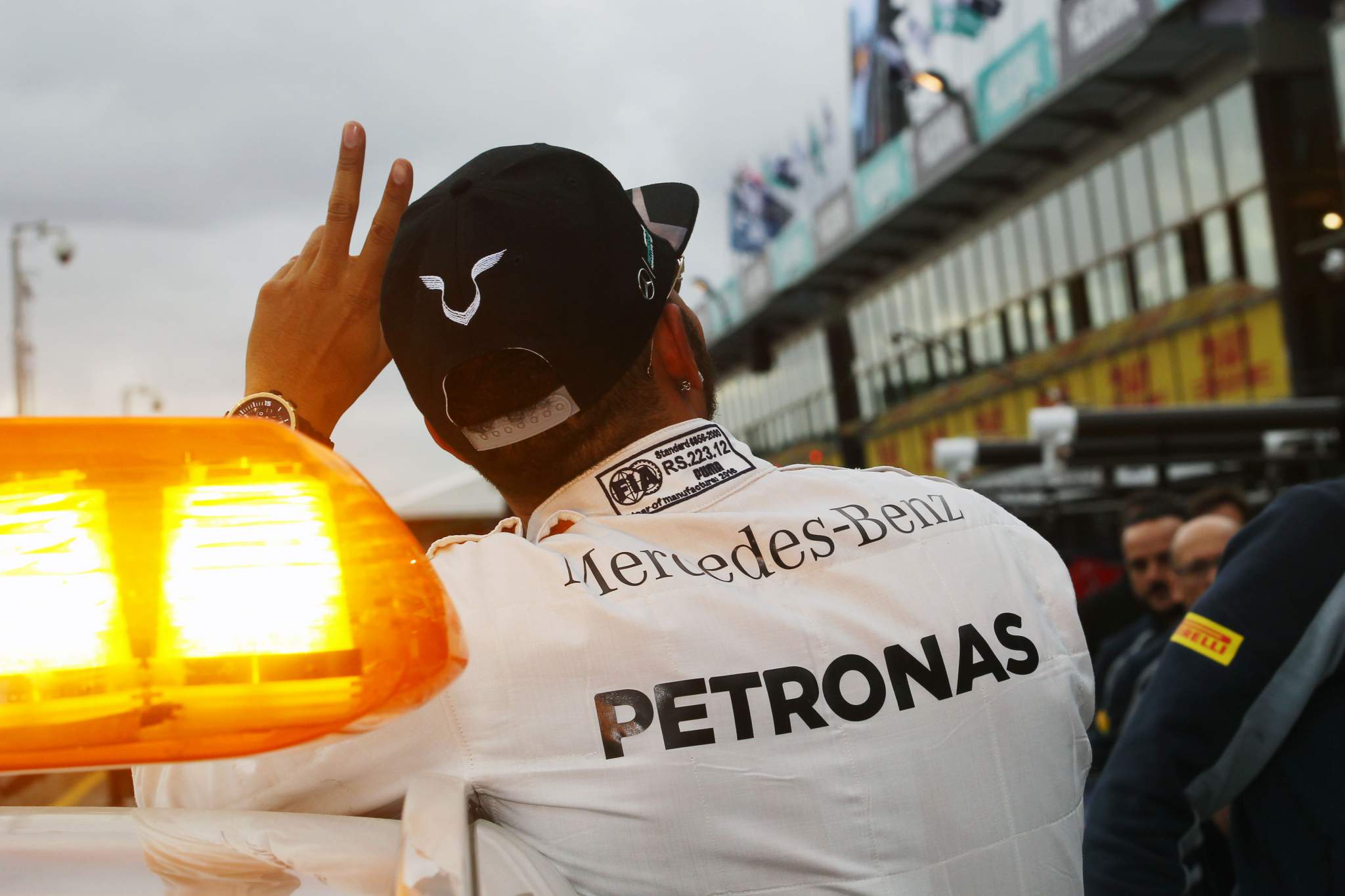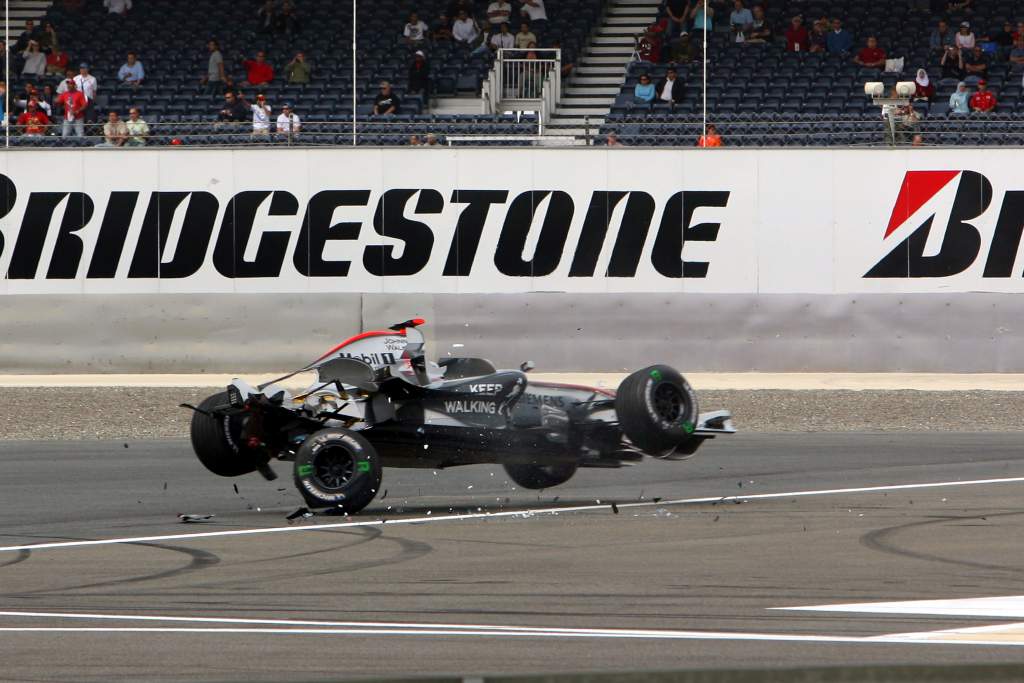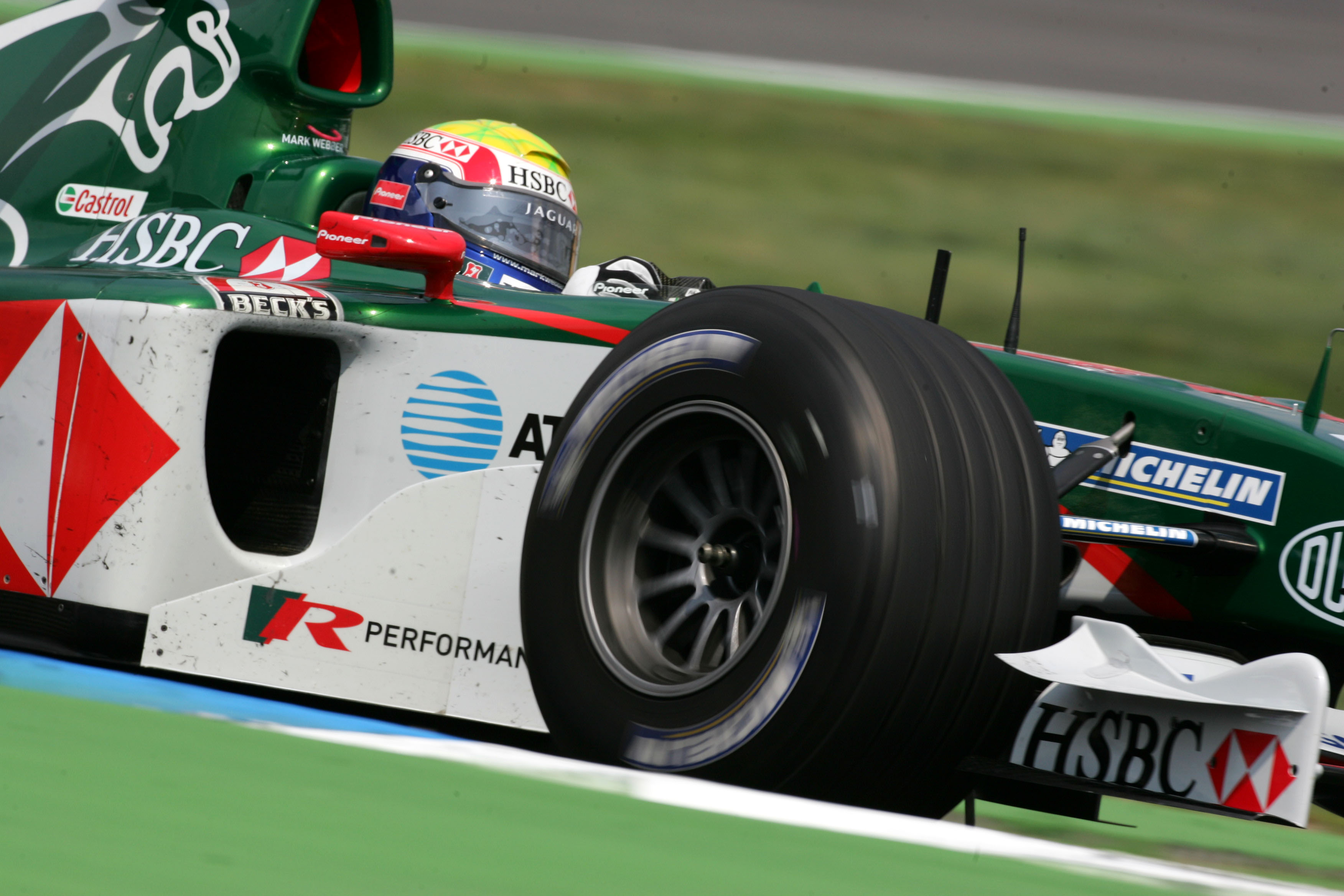Up Next

The debut of the new sprint qualifying race at this weekend’s British Grand Prix is far from the first change to how the grids for Formula 1’s grands prix are settled.
The 100km race – the grid of which will be decided by the usual qualifying format that will now take place on Friday – will be contested on Saturday and the finishing order will set the starting line-up for Sunday’s race.
At the moment it’s just a temporary three-race trial for this season, but it joins a plethora of changes to the F1 qualifying format that have taken place over the past 25 years.
We look back at the best and worst changes made to F1 qualifying – many of which were quickly reversed and forgotten while some others are still fondly remembered.
Worst – Elimination qualifying (2016)

Lewis Hamilton’s 50th pole position of his F1 career at the 2016 Australian Grand Prix was by far his most bizarre as F1 introduced its ill-fated and shortlived elimination qualifying format.
The idea was to inject more jeopardy into a format that already excited fans. Instead it curtailed sessions and led to an anti-climax in Q3 as Hamilton clinched pole with four minutes of the session remaining, while the Ferraris of Sebastian Vettel and Kimi Raikkonen – Mercedes’ closest competitors at the time – sat in the garage and watched on with the rest of us.
Mercedes’ Niki Lauda called it a “big mistake” while Red Bull team boss Christain Horner admitted that F1 needed to “apologise to the fans here” after the format’s embarrassing debut.
The teams said F1 would revert to the old format for the second round in Bahrain, only for the elimination system to continue in Bahrain.
The flaws were repeated in Bahrain and despite initial suggestions of a switch to another radical qualifying format (see later in this list), F1 made the sensible choice and returned to the qualifying format that is still used today.
Best – Knockout format (2006-present)

After several consecutive changes throughout the early 2000s, F1 finally struck gold with its brand new three-part knockout qualifying format that produced a variety of mixed-up grids and thrilling climaxes.
It produced excitement from its very first weekend as McLaren’s Kimi Raikkonen – runner-up in the championship the previous year – suffered a right-rear suspension failure that ensured he was eliminated in Q1 and had to start the season-opener from last place.

The downside across the first four years of its introduction was that refuelling meant we were denied a chance to see low-fuel Q3 flying laps, and the fastest Q2 time was often faster than the pole position lap as the drivers.
There was also a nuanced ‘fuel credit’ system whereby drivers would be handed back fuel for the race for the number of qualifying laps they completed, leading to drivers circulating in Q3 for longer than planned just so they could burn more fuel.
The format really came into its own when F1 dropped refuelling at the end of 2009, and the session times were later tweaked to the 18-15-12 minute sessions that we have today.
Worst – Aggregate qualifying (2005)

Not quite as shortlived as 2016’s elimination qualifying, but the introduction of an aggregate qualifying format in 2005 was almost as unpopular with drivers, teams and fans alike.
On Saturday, the drivers set one flying lap on low fuel, and that time was then combined with one flying lap on high fuel on Sunday morning to form each driver’s aggregate qualifying time.
This led to pole position times in excess of three minutes and a ridiculous 26-second gap between the top 16 cars on the grid during the season-opening Australian Grand Prix because of wet-dry-wet conditions in the Saturday session.
The format was dropped after six races, and in its place the single-lap Saturday session returned, with drivers setting their flying lap with the fuel they’d carry into the race.
Aggregate qualifying was suggested by the FIA as a replacement to the failed elimination qualifying in 2016, but thankfully the teams had long enough memories to remember why that wouldn’t have been a good solution.
Best and worst – Single-lap qualifying (2003-05)

Depending on who you ask single-lap qualifying was either F1’s greatest qualifying format in desperate need of a revival or a failed and flawed experiment.
Introduced in 2003, single-lap qualifying initially saw the drivers go out in championship order in a Friday qualifying session, with the fastest times reversed to set the running order for the second session on Saturday. It was a far more TV-friendly product than what came before and it gave exposure and airtime for at least a minute and a half to every single driver on the grid. It also marked the first appearance of starting-stint race fuel being carried in the decisive part of qualifying.
In 2004, the format was tweaked so that both sessions ran on Saturday and the classification of the previous race was used to determine the running order of the first session rather than the championship order.
The issue was teams would sometimes deliberately jeopardise their first run if they believed that it would be better to run earlier in the second session.
One of less remembered Michael Schumacher controversies came during qualifying for the 2004 British Grand Prix. The Ferrari driver deliberately spun on his first flying lap, in order to give himself a better running order position for the second session.
With rain forecast for the second half of that session, Schumacher was able to set his flying lap earlier than his rivals, although the rain never manifested. Schumacher qualified in fourth place and then won the race on Sunday to seal his 10th win in 11 races.
After the failed switch to aggregate qualifying in 2005, a sole-session single-lap qualifying format was adopted for the final 13 races of the season.
Single-lap qualifying also demonstrated F1’s best qualifiers, with the likes of Jarno Trulli and Mark Webber frequently turning in stunning times that would solidify their F1 careers.
Best – 12-lap shootout (1996-2002)

Following decades of a trusty two-session format, F1 made the bold switch to a shorter sharper one-hour session, where drivers had 12 laps to set their fastest lap.
Anybody who can do basic maths and knows the average time it takes to complete a lap of an F1 circuit will know this was going to lead to lengthy periods of no cars on track, but it was also far more compact than anything that came before and it paved the way for the single-lap and knockout formats that would follow it.
Highlights include the thrilling climax to the qualifying session at Jerez at the 1997 season finale where the top three drivers – including the two title protagonists Schumacher and Jacques Villeneuve – set identical times.
An hour-long session with everybody on the track left plenty of time and space for drivers to set their laps and get closer to their full car potential than they’d be able to during 2003-05, and indeed thereafter with the intensity of the knockout format.
Although of course this is F1, and typically many of the leading teams would wait until the final moments of the session to set their times, leaving the smaller teams to clean the racing line but soak up the extra (and much-needed) TV time.




